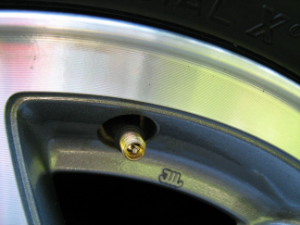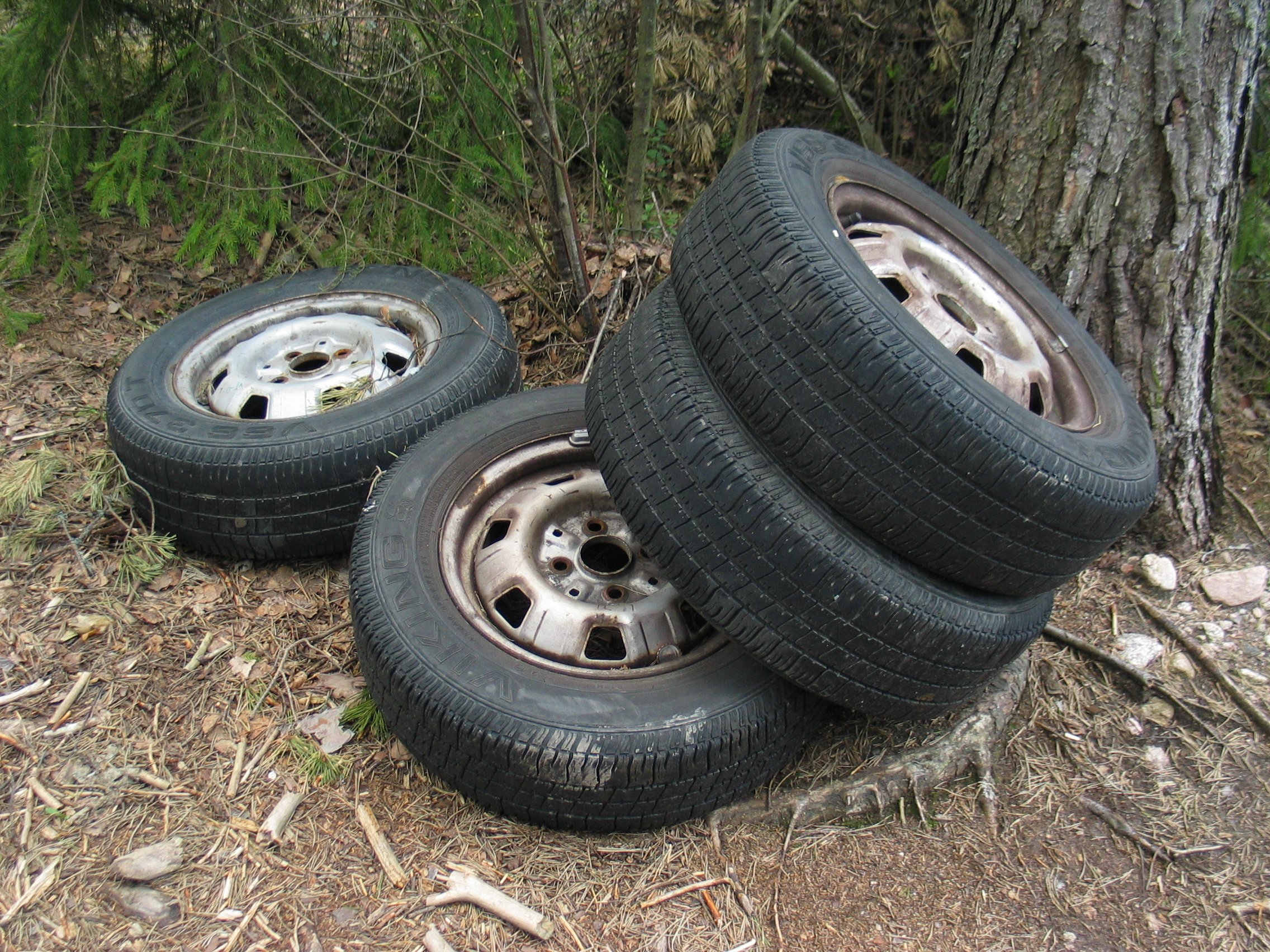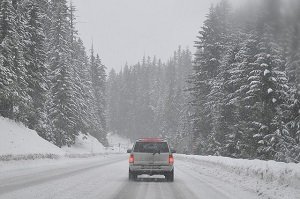Posted on 3/31/2016

Driving around on underinflated tires is just a bad idea all the way around. Underinflated tires increase a car’s rolling resistance, meaning a drop in fuel efficiency since it takes more energy to move the vehicle down the road.A single tire that’s down by ten pounds of air means a 3.3 percent drop in fuel economy…multiply that by all four tires, and you can figure on giving up ten percent of your gas mileage. The added friction and rolling resistance also means more heat is generated, and heat is the enemy of the internal structure of a tire. That heat will damage a tire to the point of failure. Studies show that underinflated tires are a full 25 percent more likely to fail, and at least half of one-car accidents involve a tire problem as a factor. And still, it’s estimated that 60 to 80 percent of the vehicles on the road are rolling on tires that are low on air.The tire pressure monitoring systems on newer cars are all well and good, but what can be done to ... read more
Posted on 2/25/2016

In a perfect world, all four tires would wear out at the same time. In the same perfect world, everyone would be able to afford a whole set of tires all at once. Unfortunately, things often just do not work out that way. Sometimes you may just have to replace tires as you can afford them, one or two at a time, but there are some important things to bear in mind if you have to do that. If you can only afford to replace one or two tires, it’s essential that you go with tires that are identical (or at least as close as possible) to the car’s remaining tires. That means that internal construction, size, tread pattern and design should be close to the same. Don’t mix winter tires with all-season tires, don’t mix run-flat tires with standard tires, for instance. But why? Tires are all designed for different handling properties and traction, and are intended to work together as a set. Mixing sizes, tread patterns and designs can mean a car that has unpred ... read more
Posted on 1/14/2016

Some people love winter. They love the snow, the snap in the air, the short days and cozy nights at home. Others can’t stand it, for many of the same reasons. Regardless of whether you love it or hate it, though, chances are you’re going to have to get out and drive in it at some point. We’ve got a few suggestions to help you through the winter safely: • Make sure you’ve got a well-maintained car. This includes fresh windshield wipers, proper tire inflation, a strong battery, a properly-maintained cooling system and a fresh oil change. If your tires aren’t up to the job of winter driving, you might consider switching to winter tires for a while – just remember to switch back when temperatures get above 40 degrees. The softer tread compound of winter tires will wear quickly in warmer temperatures. • Make sure your car is thoroughly de-iced before you go anywhere. Hot water might seem tempting because it’s quicker ... read more
Posted on 11/26/2015

Where did this year go? Before you know it, it’s going to be time for the holidays, and that can mean travel in some pretty trying conditions (and we don’t just mean restless kids in the back seat). Is your vehicle ready for some interstate miles? • Tires: It’s a good idea to have your tires rotated every 5,000-7,000 miles to ensure even wear. With that in mind, it’s easy to just schedule a tire rotation with every oil change, since the vehicle will be up in the air on a lube rack anyway. Have you checked your inflation lately? Your proper inflation levels will be on a sticker on the driver’s side door frame, inside the fuel filler door or in the owner’s manual – always check the inflation when the tires are cold. How about the tread depth? 2/32” is the minimum tread depth allowed in most states. Here’s an easy way to check your tread depth: take a penny and insert it into the tread grooves, Lincoln head down ... read more